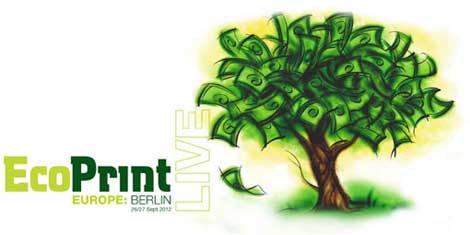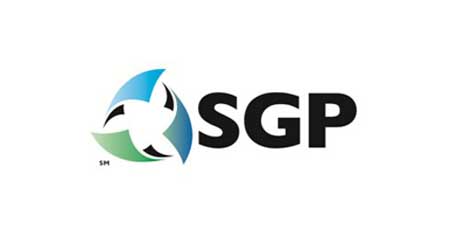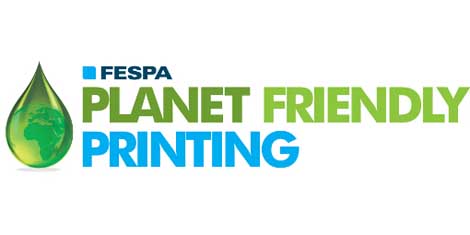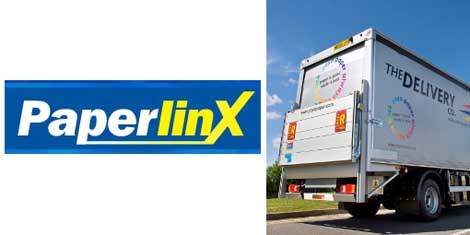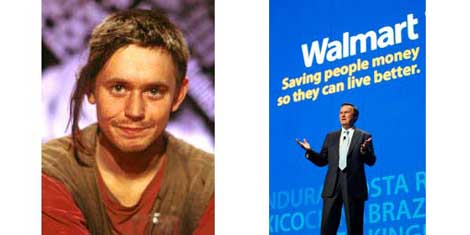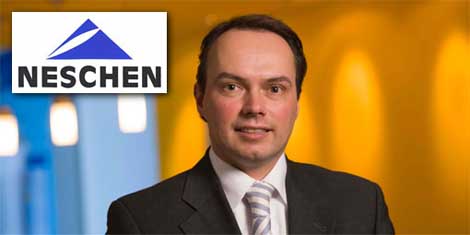
Neschen AG demonstrate why taking the PVC out of their products makes a contribution to any company's sustainable performance.
Through its motto: "ideas for success", Neschen is committed to helping its partners to successfully market their products and services.
The graphics product portfolio ranges from finishing, protection and mounting films to print media which can be used with modern digital printing technology for avant-garde architecture, decoration and advertising.
Frank Seemann, Marketing Director, explains, ‘The decision to take part in EcoPrint was a logical one for us as we at Neschen see the trend for sustainable products growing. Some of the many aspects relating to this topic are "green" mounting and laminating print media, efficient processes or material and energy savings. Neschen is therefore active on many fronts at the same time’.
PVC is used considerably by the wide format print sector largely because it offers a relatively cheap and robust media option for those wanting to buy mass volume, cheap product. And in response to this, Neschen is innovating in order to reduce the use of PVC in the print sector. Frank continues, ‘One approach Neschen is focusing on is innovation to create PVC-free media. For example, the Erfurt wallpaper CA by Neschen, is made entirely of fleece. The cellular and textile fibres used are free of PVC and softeners; they do not emit any aromatic compounds and acrylics which can be damaging to health. The New York material database ConneXion even lists the Erfurt wallpaper CA in the category "Naturals"’.
But why is PVC considered to be so bad? The Greenpeace helps by stating the following:
‘From its manufacture to its disposal, PVC emits toxic compounds. During the manufacture of the building block ingredients of PVC (such as vinyl chloride monomer) dioxin and other persistent pollutants are emitted into the air, water and land, which present both acute and chronic health hazards. During use, PVC products can leach toxic additives, for example flooring can release softeners called phthalates. When PVC reaches the end of its useful life, it can be either landfilled, where it leaches toxic additives or incinerated, again emitting dioxin and heavy metals. When PVC burns in accidental fires, hydrogen chloride gas and dioxin are formed.‘
Neschen is also replacing PVC through the focus in use of polypropylene in banner construction.
So why is Polypropylene considered to be better?
Frank says ‘This simply structured synthetic is a compound of the two elements, carbon (C) and hydrogen (H). On combustion of the raw material or the PP film, only water (H2O) and carbon dioxide (CO2) are released. There are no other environmental or health-damaging by-products. Modern cleaning and filter plants also reduce the emission of the climate killer CO2 to a minimum which is actually ideal for Germany, where refuse is usually incinerated. This is in marked contrast to many other types of synthetics which have to be disposed of specially and often severely harm the environment.’
EcoPrint continues to develop with valuable additions to an exhibitor base fully focused on sustainable innovation that, in tandem with a strong content programme, will provide the print sector with the most focused forum for sustainable innovation in print, there has ever been.
Register now at EcoPrint 2012 www.ecoprintshow.com



